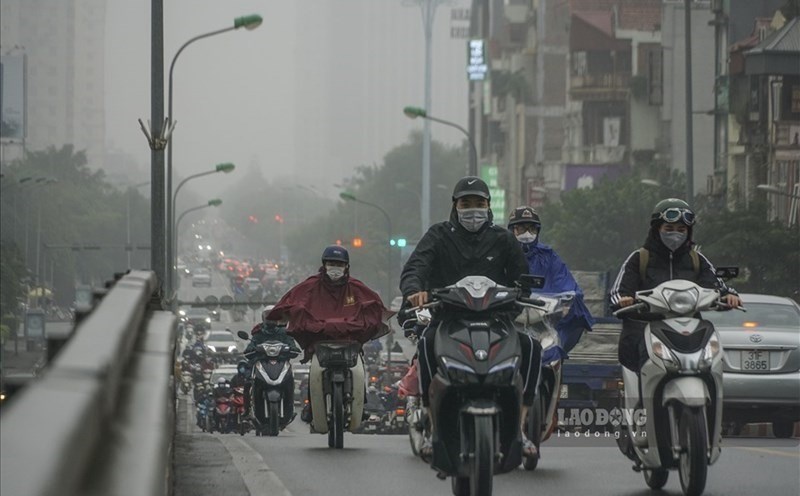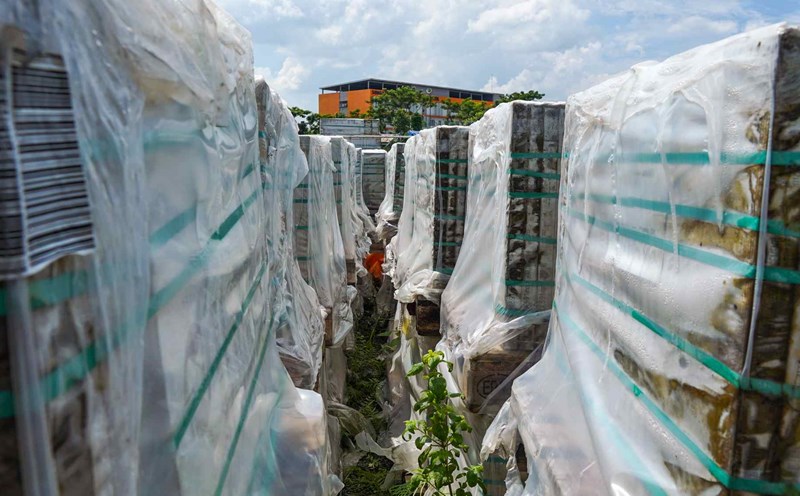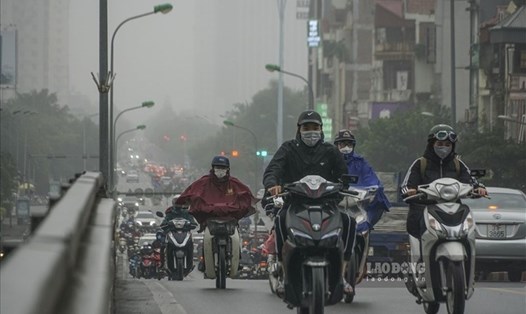According to the National Center for Hydro-Meteorological Forecasting, following the cold air from February 7-10, today (February 12), a new cold air mass is moving south.
Around the night of February 12 and the morning of February 13, this cold air mass will affect the Northeast region, then affect the North Central region and some places in the Northwest. The inland wind will change to strong northeast at level 2-3, coastal areas at level 3.
The North and North Central regions continue to be cold, with some mountainous areas in the North experiencing severe cold. Severe cold can affect livestock and poultry; and greatly affect the growth and development of crops.
Due to the influence of cold air strengthening combined with strong currents in the upper westerly wind zone from the night of February 12 to February 13, the Northeast and North Central regions will have rain, light rain.
The Northern region has the lowest temperature in this cold air mass, commonly from 14 - 17 degrees Celsius, mountainous areas 11 - 13 degrees Celsius, high mountainous areas have places below 10 degrees Celsius. The average temperature is about 16 - 18 degrees Celsius; mountainous areas 15 - 17 degrees Celsius.
The North Central region has the lowest temperature commonly 16-18 degrees; average temperature 18 - 20 degrees Celsius.
Hanoi area is cold. The lowest temperature in this cold air mass is commonly 15 - 17 degrees Celsius.
At sea, from early morning on February 13, the Gulf of Tonkin will have strong northeast winds at level 5, sometimes level 6 in the north, gusting to level 7-8, rough seas, waves 1.5-2.5m high; in the North East Sea (including the Hoang Sa archipelago), the northeast winds will gradually increase to level 6, gusting to level 7-8, rough seas, waves 2-4.5m high. Strong winds and large waves at sea may affect the operations of ships.











